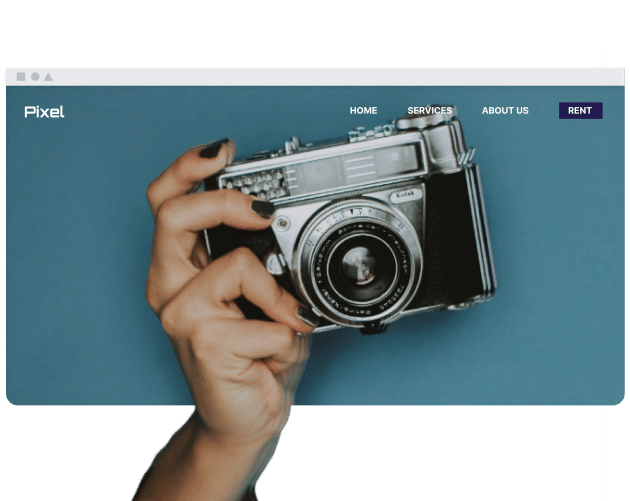What are the common types of in-content navigation elements?
When browsing different web pages, you will find numerous forms of content navigation. Some of the elements you’ll encounter more frequently are:
- Table of contents: This usually appears at the top of the page or on the side. The table of contents will outline the article or page’s headings; H2s are usually turned on by default, but you can also choose H3s and so on if deemed necessary.
- Sidebars: You will see where you are in the article when browsing a page or article with sidebars. It normally appears in bold. Sometimes, sidebars also have additional information.
- Sticky headers: Whereas some websites make the header disappear as a user scrolls, sticky headers are designed to keep it visible. This is something to consider if you have a website where users will typically look for more information before making a decision.
- Breadcrumb navigation: Involves showing how a user reached the page they’re currently on. For example, a user might go to “Home > Blog > Website Builders” to find this category.
Each of these elements has a different purpose for structuring content on your page, and it’s important to understand when you should and should not use them.
How can in-content navigation be implemented effectively?
Implementation may require some experimentation, but you will generally need to follow the same protocols throughout. The most important considerations to understand are:
- Clear and concise headings: Keep your headings short, but ensure that they have the required descriptions for readers to understand them.
- Navigation elements: Visibility when scrolling is important for navigation elements.
- Styling: Consistent styling is an absolute necessity across your website; think of this in advance and then implement accordingly.
- Device and screen size: Navigation will differ depending on whether a user accesses your page from a desktop or mobile device. Consider where they’re likely to interact with content and pages, and factor these into your design.
Implementing all of these aspects is important when building out your in-content navigation. Experiment and see what works best with your website.
What are the challenges and limitations of in-content navigation?
Despite the benefits of in-content navigation, it’s also important to consider the potential drawbacks and prepare accordingly. Additional things to consider before the implementation phase are:
- Complexity: Make sure that you keep things simple at all times for your in-content navigation.
- Clutter: Be sure to avoid clutter; this can occur when you have too much in-content navigation, so it’s worth picking a few highly effective ones.
- Short-form content: Generally speaking, in-content navigation should be used for longer-form content.
Understanding these is an important part of ensuring that you avoid the potential pitfalls of in-content navigation. Think about your own website and look out for signs that you may need to optimize pages/blogs.
Conclusion
In-content navigation is often used for long-form content, and you should consider the impacts on the user experience.It’s vital that your structure is clear and organized; this can influence SEO and other important aspects.
Understanding each form of in-content navigation is important, but you should also consider which ones will and will not work for your website. Choose a few that you think are worth implementing and be consistent across your site.
Be sure to split-test across different devices, too.

